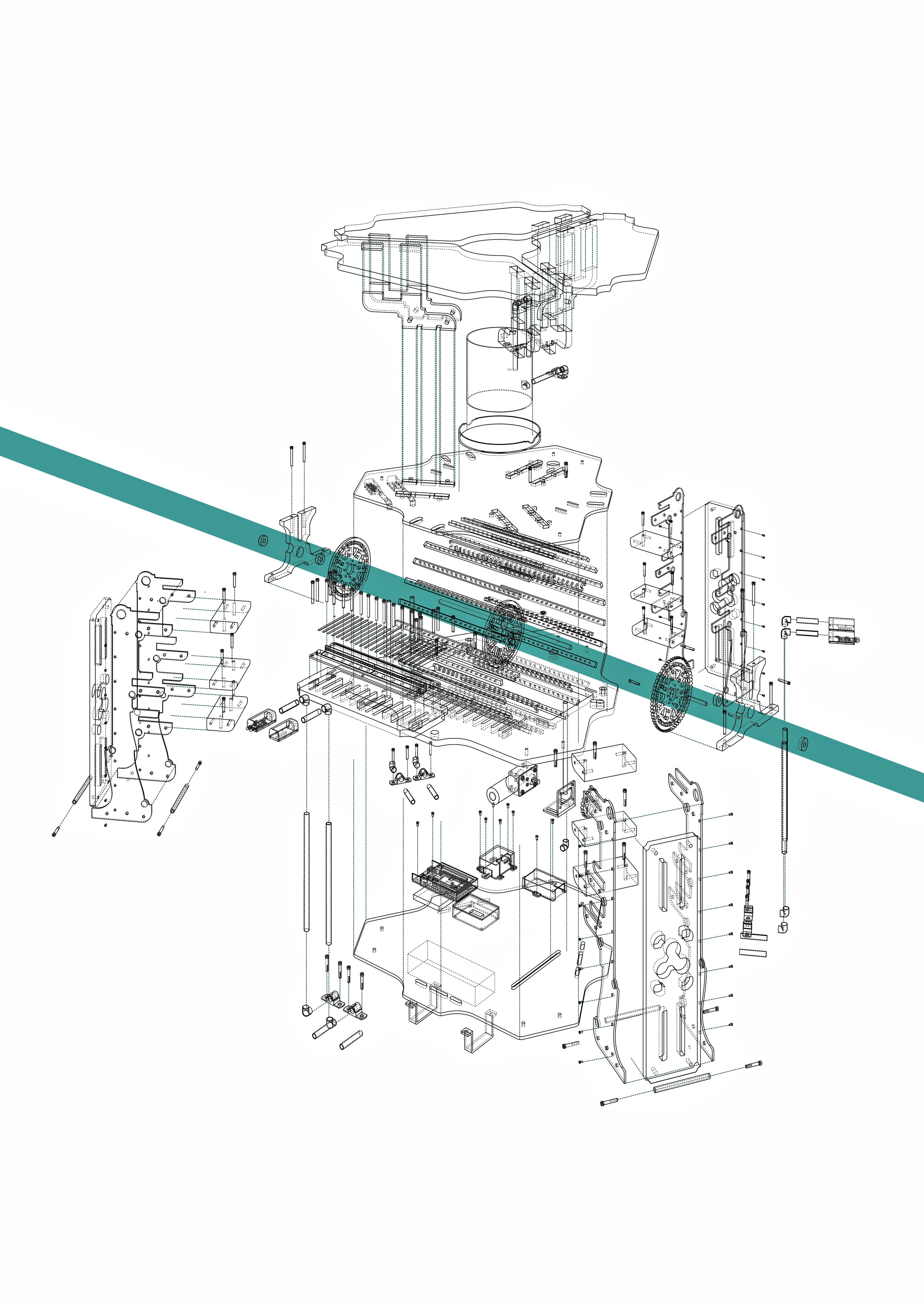Silence is a language of love or the quietude permeating the ambiance. SilenceTop highlights the non-linguistic cues for interaction and reframes the landscape of domestic spaces. It focuses on silence to construct a new form of interactivity between objects, space, and humans. SilenceTop is developed through investigating sensor technologies, conditional interactivity, and design with proxemics.
Microarchitecture is an emerging transdisciplinary practice that blends the two related fields of furniture and architecture. Furniture, by definition, is a moveable partition or object suited for living, such as chairs and tables. As much as furniture is concerned with human conditions and the spaces it is situated in, so is architectural design. The form of SilenceTop departs from the conventional low table in South Korea used for tea and meal within the domestic environment.
Silence does not exist in a distinctive form. It gets recognized when the apparent social activities and sound fade out. The silence reading varies from person to person based on their cultural background and the circumstance they are situated in. It can be regarded as a sign of respect to one while bringing uncomfortable and anxious emotions to the others. The experience and the reading of silence the object conveys are not fixated. The project's objective is to investigate the new mode of participation around a reinterpreted conventional object, in this case, a low coffee table, by constructing interactive responses to an abstract subject of silence. To create a new mode of participation with the microarchitecture is to create an alternate spatial relationship between the object and the people. This creates an in-between space between a distinct furniture object and an architectural space.
SilenceTop has four modes. Social mode is active when two or more people sit around the object. When silence persists for a certain amount of time in social mode, it intervenes by plucking the kalimba consisting of low-pitch semitone tines. The tones may be appealing or annoying depending on the people, but the only way to stop listening to the semitones is to open a conversation again. The aggressiveness and speed of the semitones plucked are increased with each repetition of social silence occurring in one sitting. Lone mode is active when a single person is in the vicinity or nobody is in the same space. During lone mode, SilenceTop regards silence as a need to last and appreciate. When silence occurs in lone mode, the object generates mists that permeate the room over time, creating an atmospheric and relaxed ambiance.
SilenceTop, 2022
750x 750x 550 mm
aluminium, plexiglass, brass, motors, water, acrylic, 3D prints, custom electronics
The material choice contrasts the wooden materials widely used in conventional Korean furniture to add a new color and playful characters to the object. When deciding on the overall dimension and the space SilenceTop can provide, proxemics are considered. Proxemic is defined as the studies that deal with the amount of space that is found necessary for people in different circumstances. The spatial configuration of SilenceTop is radial and can fit up to a maximum of three people during the social state. According to Edward's proxemics theory, for an intimate conversation between 3- 4 people happening indoors, a distance between each other falls in the range of 45~92cm. SilenceTop thus makes the distance between one person sitting and another sitting 75cm. One that is not too close for a less-developed relationship and not too far for an intimate relationship.













